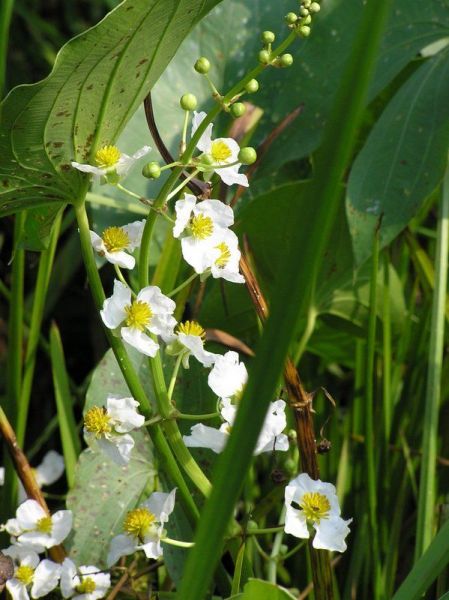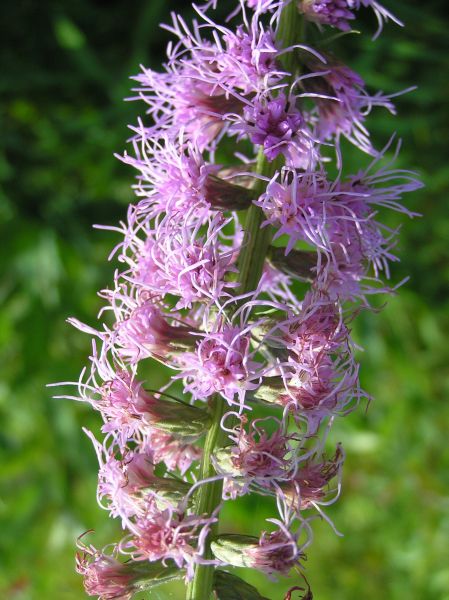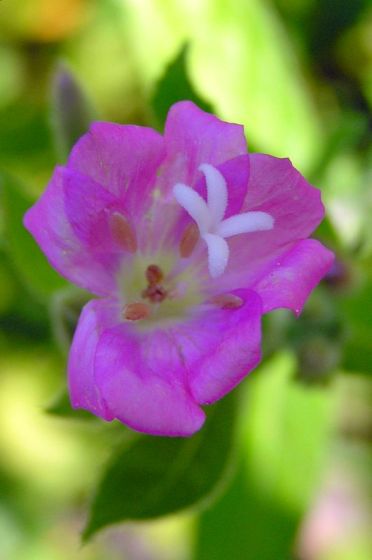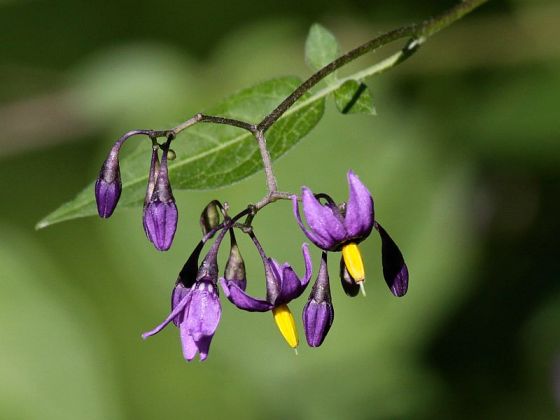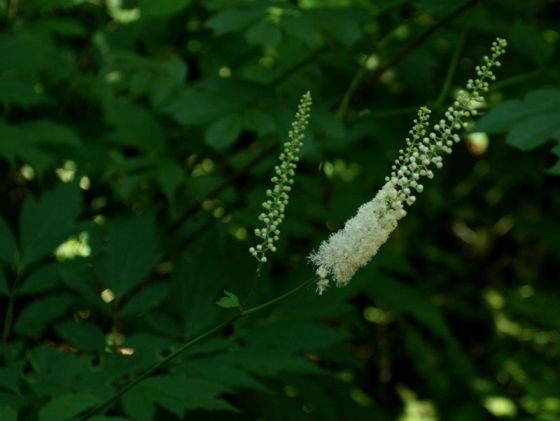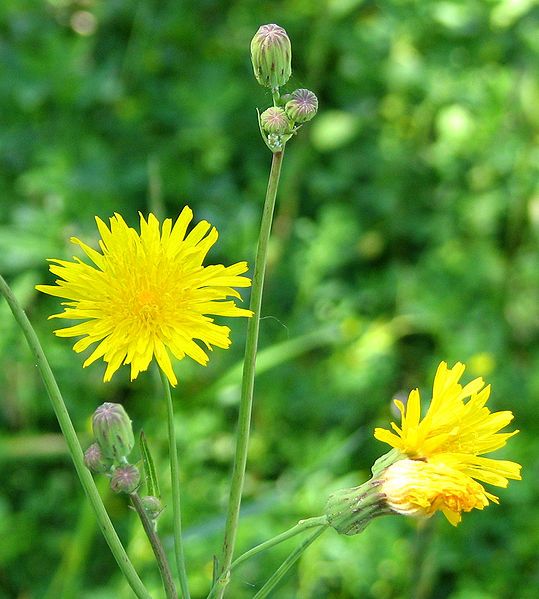
In late summer the grass doesn’t grow fast and we all get a break from cutting it. In our yard we have a good crop of weeds because we don’t use weed killer and the grass has gone dormant during this month’s dry spell.
The dominant weed in our yard is English plantain, raising its bald, knob-like flower heads eight inches above the grass. It’s the only thing that needs cutting.
My husband debates with me, “Do I really need to run the mower over those knobs? The grass is short.” We aren’t gardeners so the plantain stays.
In Maine they have much prettier weeds. The grass is going dormant here too but instead of ugly English plantain, their hawkweed is in bloom.
Hawkweed is in the Aster family and there are many varieties. The flower I see in Maine yards is probably Field Hawkweed or Pale Hawkweed. Both grow one to three feet tall and produce pretty yellow flowers. In mowed areas the flowers don’t reach that height so they’re about as tall as my plantain.
In my opinion Hawkweed of any kind is much prettier than dandelions.
No debate here. Don’t cut the hawkweed!
(photo from Wikimedia Commons by D. Gordon E. Robertson. Note that the flower pictured above is Canada Hawkweed. Click on the photo to see the original.)
